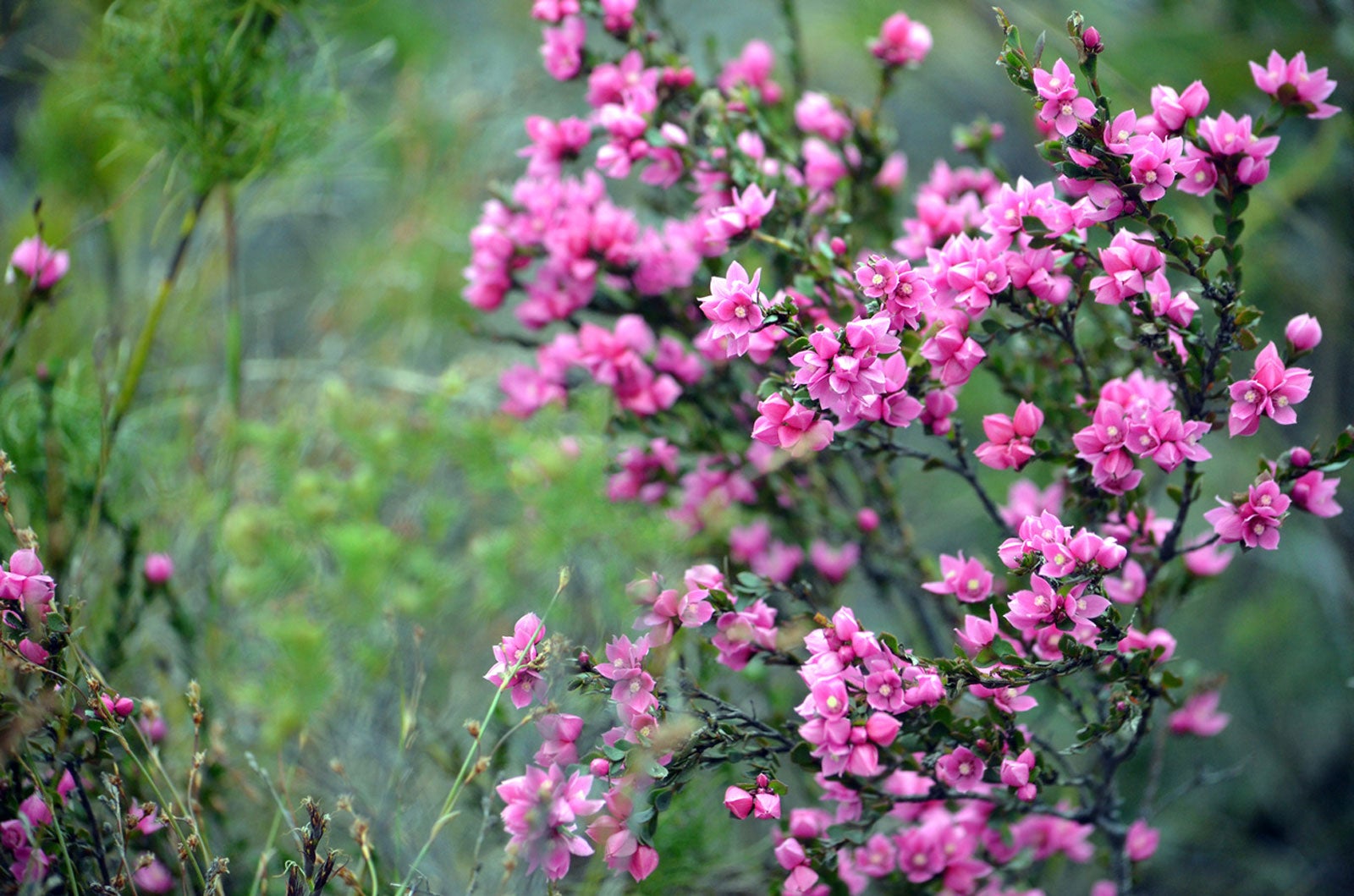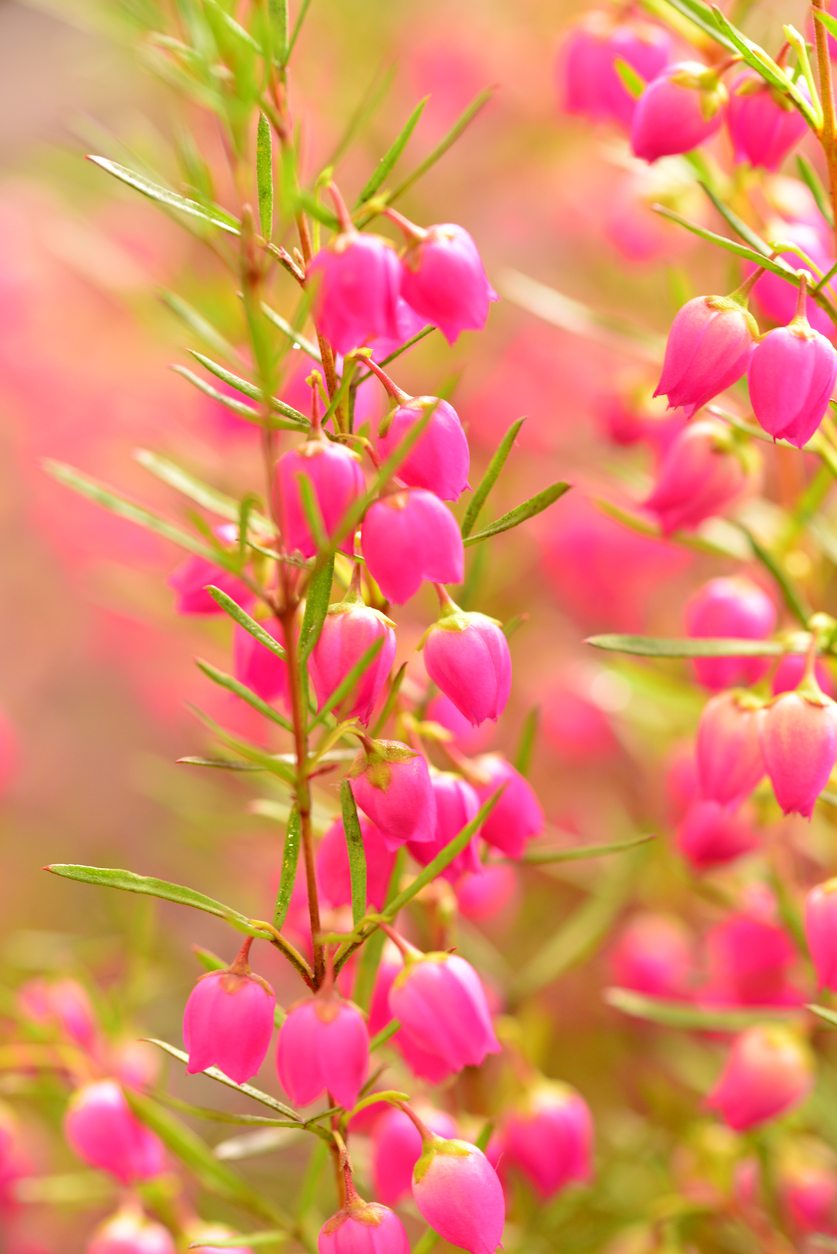Boronia Information And Care: How To Grow Boronia Shrubs


Boronia shrubs are a beautiful and eye-catching addition to the landscape. Hailing from Australia, we can grow them here in the U.S., if conditions are appropriate. Let’s learn more about boronia shrub care.
What are Boronias?
Boronia is a member of the citrus family, filled with essential oils in the abundant flowers and foliage. It is sometimes called “scent leaf” because of the fragrance in the leaves. Fragrant, star-like blooms appear in spring and bloom through early summer, attracting pollinators and begging to come inside in your cut-flower arrangement. If you wish to add some of these to your arrangements, cut long stems early when they’re budding.
Boronia is a family name for 90-100 evergreen shrubs. Brown boronia (Boronia megastigma) is most often grown because of its pleasing smell, as some in the family have a smell that can be offensive. Boronia crenulata ‘Shark Bay” has a licorice scent.
Research the type before planting and, if you’re unsure, crush and smell the leaves as you explore the nursery or garden center. There are many types from which to choose. Boronia shrubs are hardy in USDA zones 9-11.
Boronia Plant Care
Choose the right location when growing boronia. These shrubs prefer dappled morning sun and protection from the hot afternoon rays in summer and from the wind. Plant in well-draining soil, as root rot is often a problem. Water regularly, not letting water stand or soil stay soggy.
Boronia information recommends a substantial layer of mulch to protect the roots and lower the humidity around them. A layer of gravel mulch works well. Fertilization in spring is recommended, as well. Work in pelleted food for native shrubs before mulching.
Prune after flowering to shape the shrub and encourage foliage to become dense. Tip pruning is the preferred method. When attention to these details is neglected, boronia may perform as a short-lived perennial.
Gardening tips, videos, info and more delivered right to your inbox!
Sign up for the Gardening Know How newsletter today and receive a free copy of our e-book "How to Grow Delicious Tomatoes".
Boronia growing needs to involve these efforts if you wish for a long-lived, lasting specimen. If you wish to grow a single shrub, container growing is also a great option for boronia, especially in areas where growing year-round outdoors isn’t possible.

Becca Badgett was a regular contributor to Gardening Know How for ten years. Co-author of the book How to Grow an EMERGENCY Garden, Becca specializes in succulent and cactus gardening.
-
 Looking For Plants To Give You The Soft And Fuzzies? Try These 5 Fuzzy Leaf Plant Options
Looking For Plants To Give You The Soft And Fuzzies? Try These 5 Fuzzy Leaf Plant OptionsLovers of texture, drama, silver foliage and tactile plants will adore these special sensory garden additions. These fuzzy leaf plant options will leave you all aglow
By Susan Albert
-
 Get Ready For A Summer Of Hummers! Grow These Full Sun Hummingbird Plants and Flowers
Get Ready For A Summer Of Hummers! Grow These Full Sun Hummingbird Plants and FlowersIf you’re lucky enough to enjoy a sunny backyard, make sure you are maxing out on your pollinator opportunities and grow these full sun hummingbird plants and flowers
By Tonya Barnett
